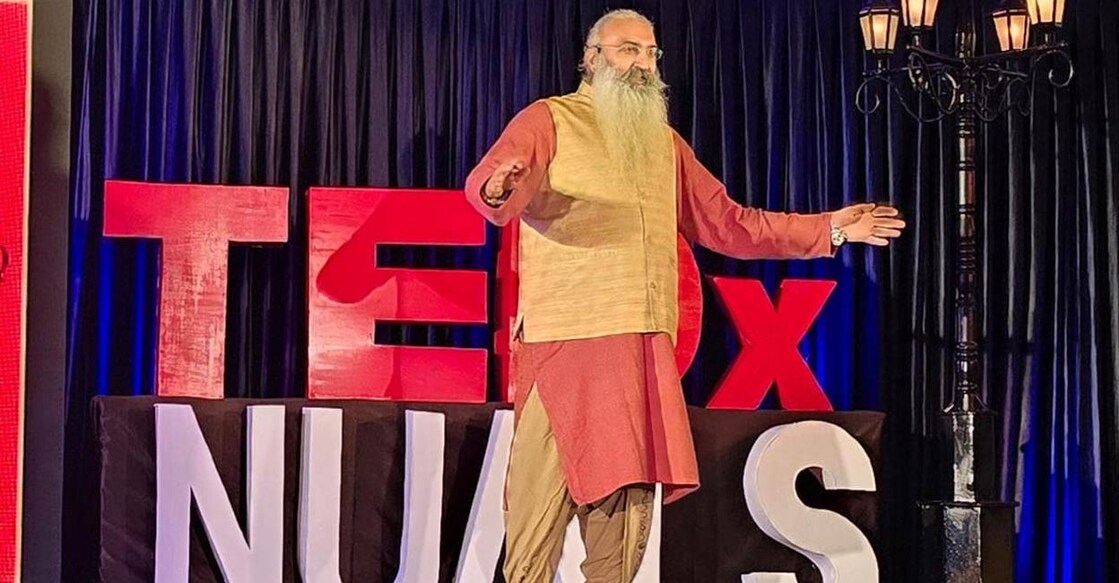Ramayana and modern psychology: TedX-NUALS talk sheds new light on Indian epic

Mail This Article
Kochi: Epics remain what they are because of the endless possibilities of interpretations they put forward. An intriguing exploration of the Ramayana from a modern perspective was at display at the TedX-NUALS 2024 talk series on Saturday in Kochi as Dr Kriss Venugopal delved deeper into the text which has mesmerised the world over centuries.
Venugopal, a lawyer-cum-author, attempted to find a connection between the Ramayana and modern psychology through a unique character study at the TedX talk series titled ‘Musings in Twilight’, hosted by the National University of Advanced Legal Studies (NUALS), Kalamassery, Kochi.
His attempts to look at the major characters of the epic through the lenses of modern psychology turned out to be a thought-provoking exercise; for instance the reading of the Ravana’s 10 heads through the framework of the multiple intelligence theory by Howard Gardener.
“Psychological thought has much deeper roots, stretching back into the ancient wisdom of India. Ramayana provides profound lessons about human behaviour, relationships and psyche,” he said.
He went on to explain how the siblings Ravana, Vibhishana, Shoorpanaka and Kumbakarna could be seen as representatives of the four divisions of the human mind.
“Ravana, being a composer of music, a builder of the magnificent city of Lanka, and a complex family man, symbolises the complexity of the conscious mind. A mind that juggles multiple roles, desires, and talents. Vibishana, the younger brother of Ravana, represents the subconscious mind - the part of us that deals with virtue and morality, that consists of a large functional network of both cortical and subcortical anatomical structures. The subconscious, as many psychologists like Sigmund Freud and Joseph Murphy have argued, is the seat of our values. Vibhishana, the subconscious mind, urges Ravana (conscious mind) to free Sita and make peace - akin to our moral compass.
“Thirdly, there is Kumbakarna - a symbol of a human being’s unconscious mind which is regarded to be a powerful force, one that shapes much of our behaviour without us even knowing it. When Kumbhakarna wakes up, he is known to be unstoppable and supremely powerful - just like the unconscious mind when it is activated.
“Shurpanakha, Ravana’s sister, is both a demoness and a damsel. This duality represents, the complex relationship between the mind and the body. When the mind is corrupt, the body suffers and transforms into a demon. But when the mind is healthy, beauty and vitality are restored,” he explained.
He also said the relationship between Ram and Sita represents the eternal struggle between spiritual aspirations and material desires.

